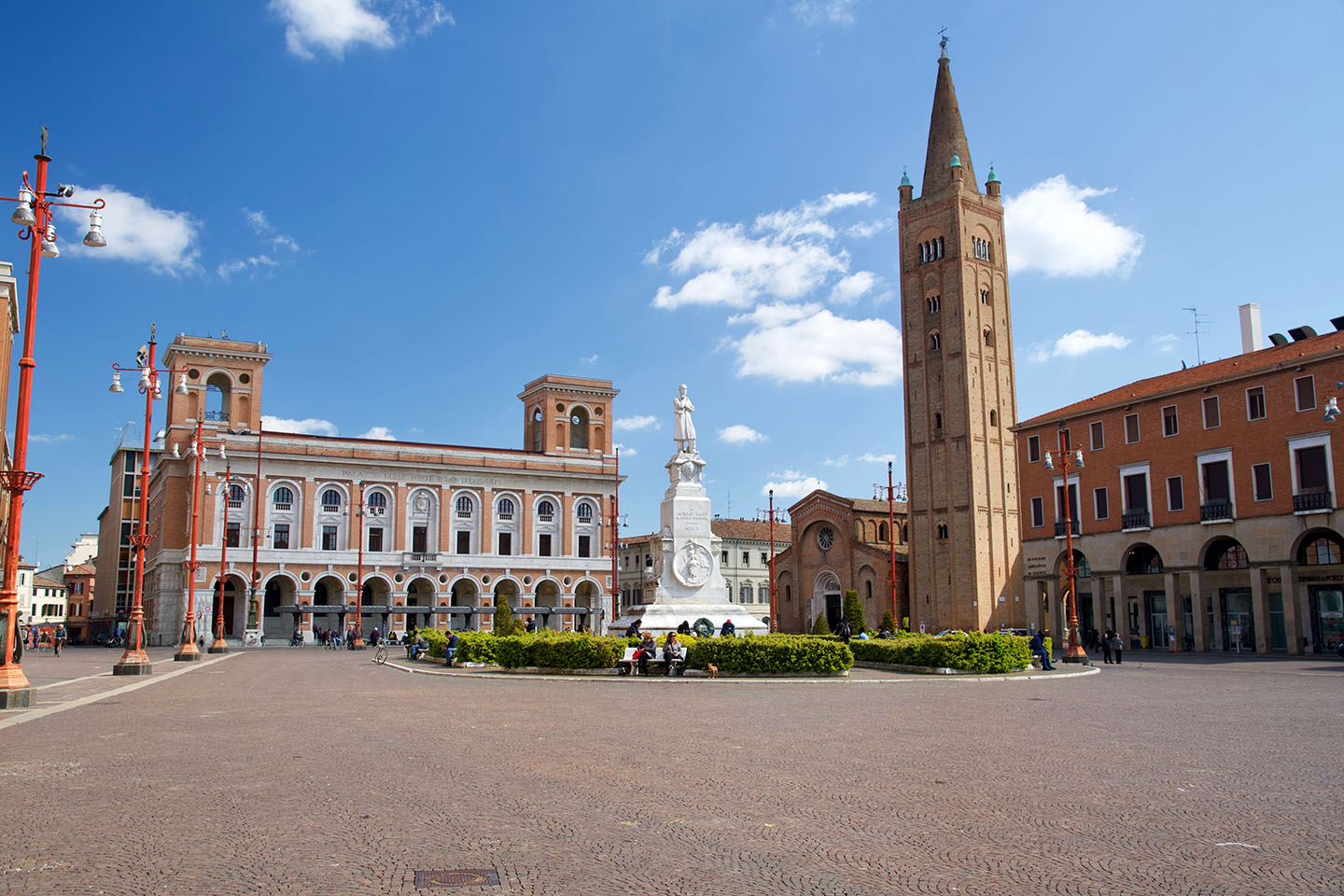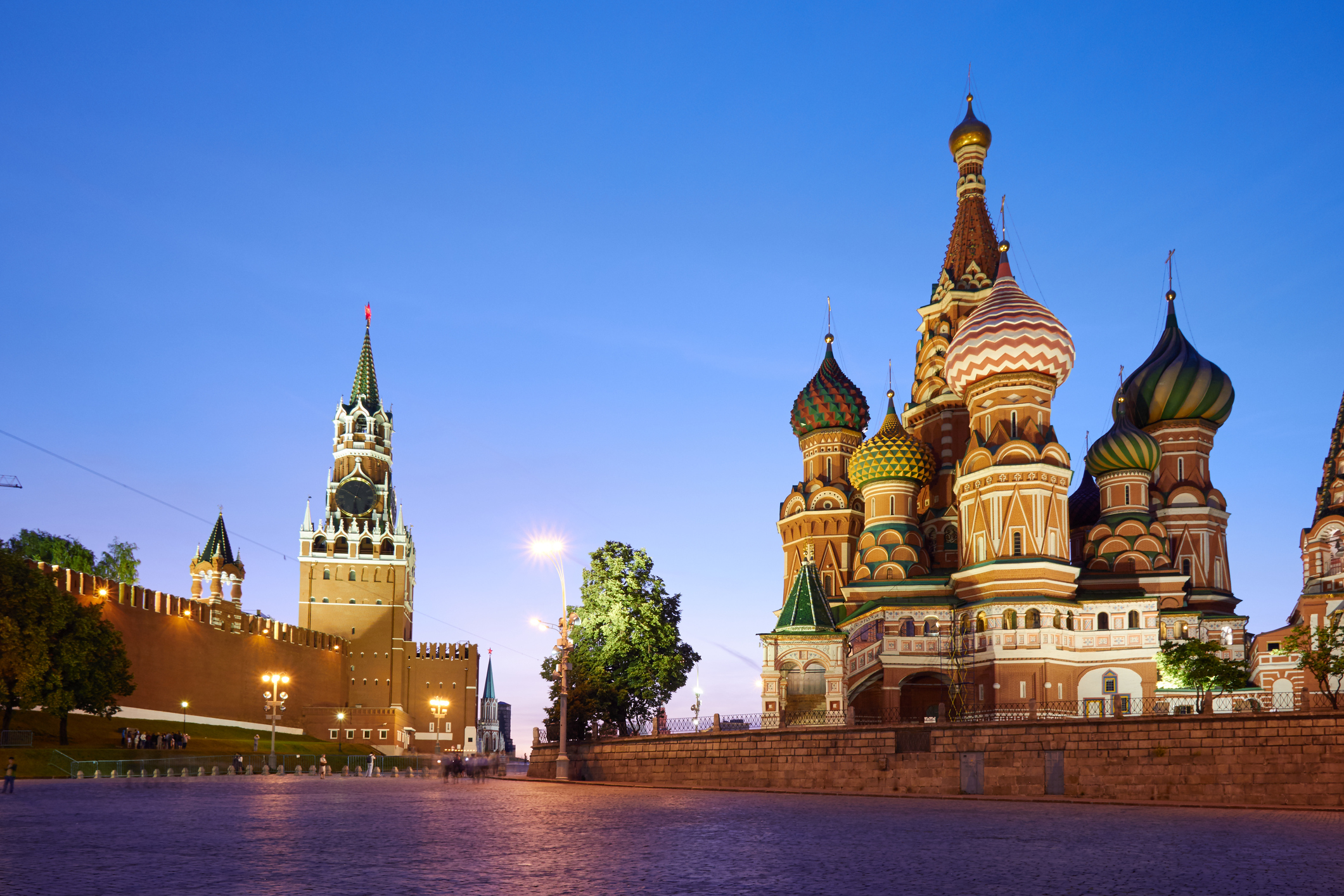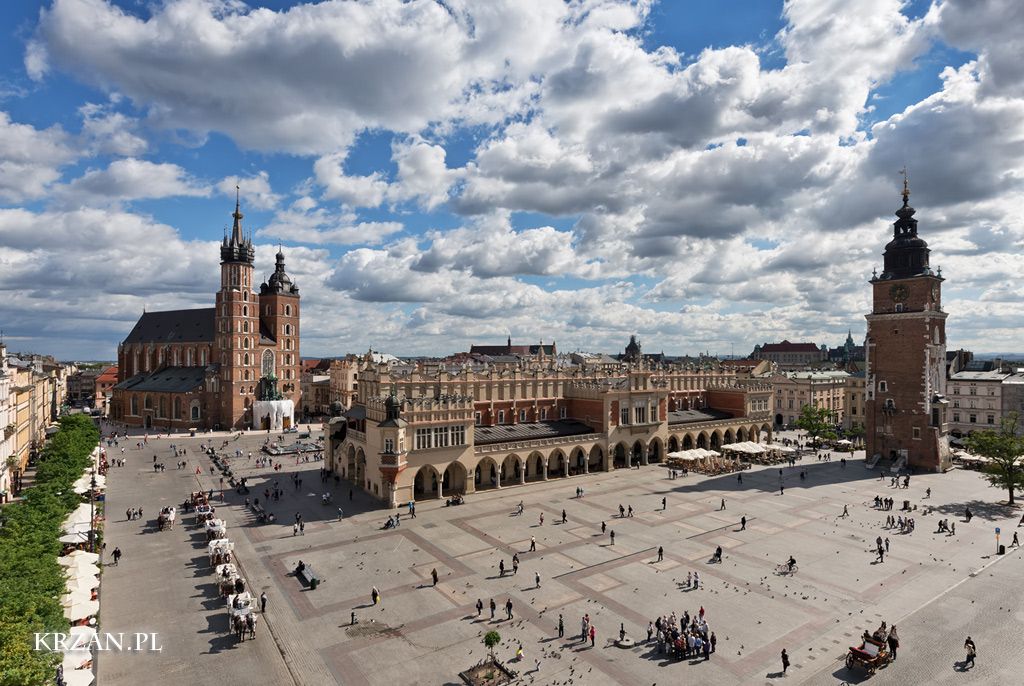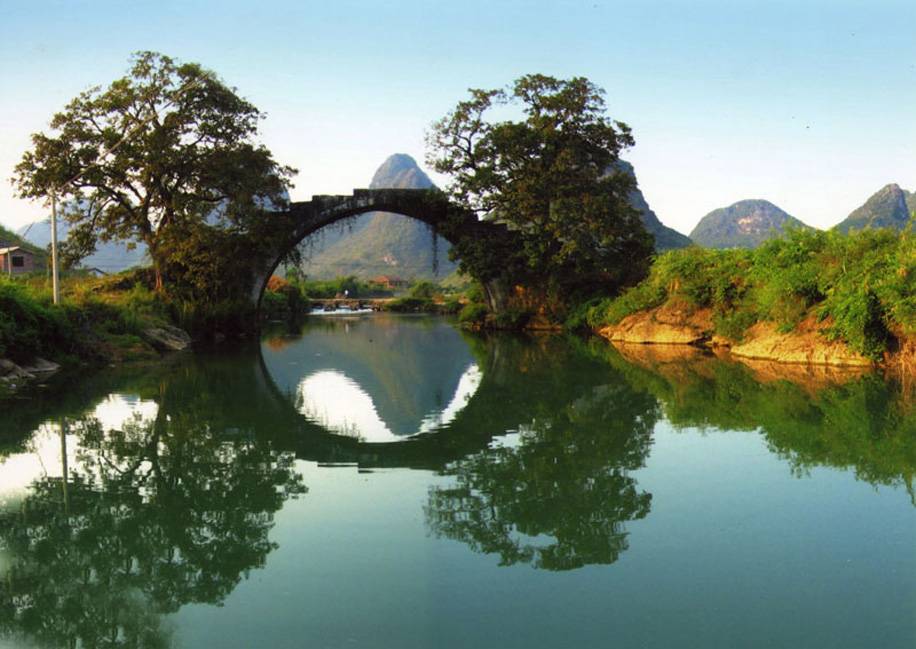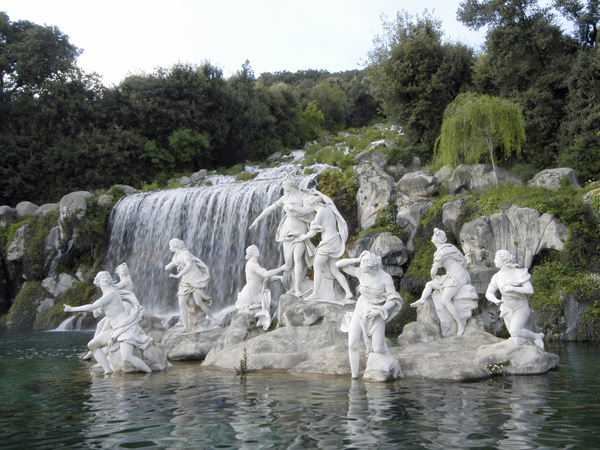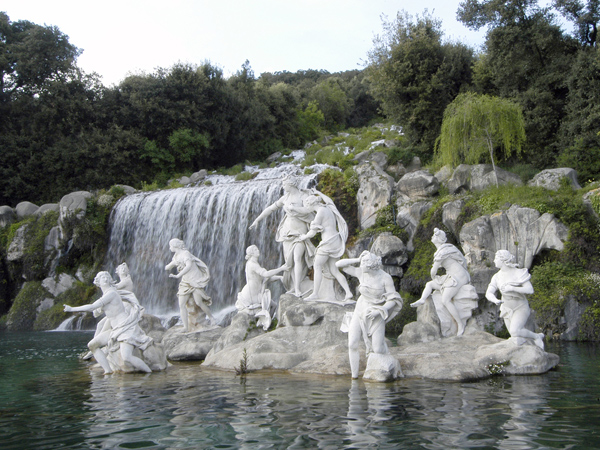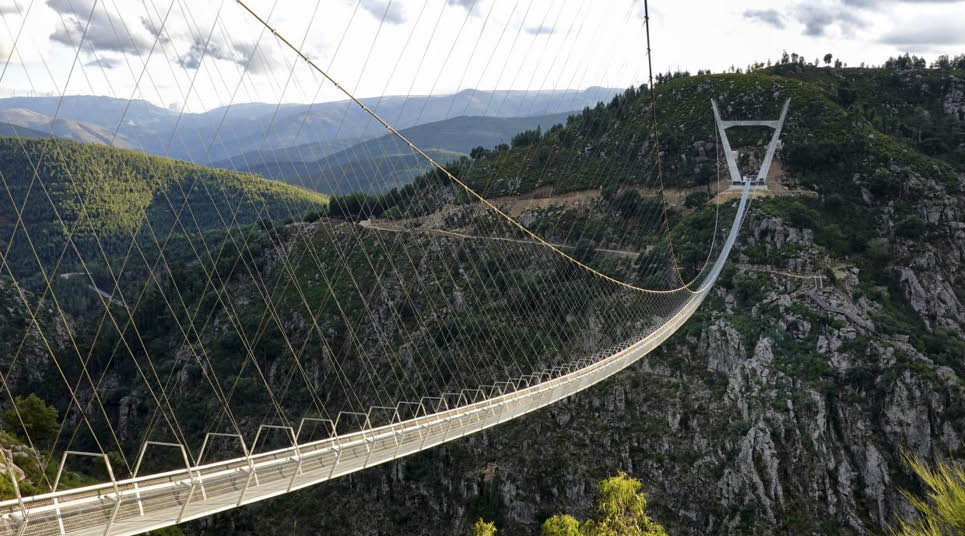On its southern side stands the Romanesque Basilica of San Mercuriale and its Cloister, a single complex whose current appearance is the result of successive vicissitudes over the centuries.
The Gothic portal in pink stone houses, in the lunette, the relief of the Dream and Adoration of the Magi (13th century), attributed to the Maestro dei Mesi of Ferrara. Worthy of note, at the beginning of the right aisle, is the Funeral Monument to Barbara Manfredi (circa 1466), the work of Francesco di Simone Ferrucci da Fiesole, placed here in 1944 following the bombing of the Church of San Girolamo which housed it.
Crossing the Cloister of the Basilica we reach Piazza XX Settembre overlooked by the imposing Palace of Justice, started in 1940 and finished only in 1969 because of the war events.
Walking along Largo de Calboli to get back to Piazza Saffi, we pass in front of Palazzo Paulucci De Calboli, which was built at the beginning of the XVIII century on the design of Luigi Alberti, under the direction of the Roman architect Saverio Marini.
Further evidence of the architecture of the Fascist period, in addition to the above-mentioned Palace of Justice, can be found along the entire eastern side of Piazza Saffi occupied by the Palazzo delle Poste (1931-32), built according to a design by Cesare Bazzani.
The square is dominated by the Palazzo Comunale, seat of the Town Hall, built starting from the year 1000 around the ancient tower and progressively enlarged towards Campo dell’Abate. In 1412 it became the residence of the Ordelaffi family and was subject to various alterations and extensions over the centuries.
On the corner with Corso Diaz is Palazzo del Podestà, built in 1460, which can only be visited externally as it is private property. Next to it is Palazzo Albertini, an elegant fifteenth-century building with clearly Venetian features, erected between the end of the fifteenth and the beginning of the sixteenth century on a portico with a round arch profiled by a terracotta ring.
On the west side of Piazza Saffi stands the Chiesa del Suffragio, begun in 1723 to a design by Fra’ Paolo Soratini and completed only in 1933. With an elliptical plan, the interior is marked by pillars and columns on which stands a large drum crowned by a vault, rebuilt in 1784 after an earthquake. The slender dome has frescoes by the Venetian Jacopo Guarana and paintings by the Bolognese Serafino Barozzi (1784).
